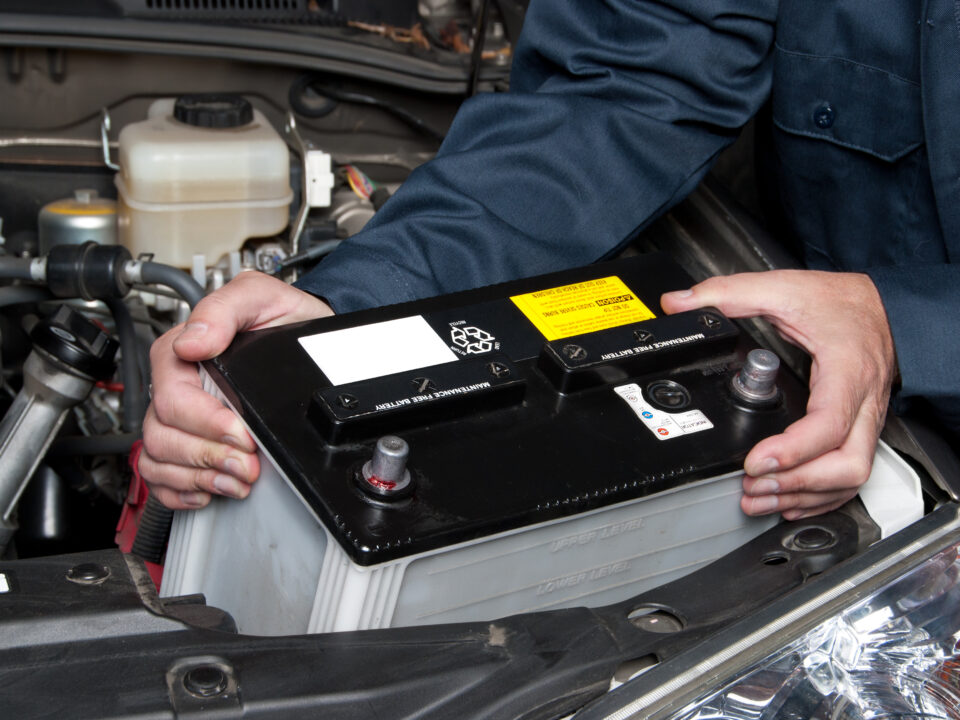- Mon - Fri: 7:30am - 5:30pm
- 613-836-6136
- stittsvilleauto@gmail.com
The Science of Winter Driving: Traction, Friction, and Control

Surviving a Winter Breakdown: A Step-by-Step Guide
November 5, 2023
Winter Car Care Checklist: Prepping Your Vehicle for the Cold
November 5, 2023Winter driving presents a unique set of challenges due to icy, snowy, or slushy road conditions. To navigate these challenges safely, it's crucial to understand the science that governs vehicle movement in such adverse conditions. In this educational article, we delve into the physics behind winter driving, focusing on the fundamental principles of traction, friction, and control that play a vital role in maneuvering a vehicle during the cold season.
**1. Traction: The Key to Vehicle Movement:
What is Traction? Traction is the grip or adhesion between the tires and the road surface, allowing the vehicle to move forward, backward, or turn.
Tire Composition: Traction largely depends on the tire's composition and its ability to maintain a good grip on the road.
**2. Friction and Its Influence:
Understanding Friction: Friction is the force that opposes motion when one surface rubs against another. In the context of winter driving, it's the interaction between the tire and the icy or snowy road surface.
Reduced Friction in Winter: Snow and ice significantly reduce the friction between the tires and the road, making it harder for the tires to grip and maneuver.
**3. Factors Affecting Traction:
Road Condition: Icy or snowy roads offer significantly less traction compared to dry roads. The more slippery the surface, the lower the traction.
Tire Type and Condition: Winter tires, with their specialized tread patterns and rubber compounds, provide better traction in cold conditions compared to all-season tires.
**4. Importance of Proper Vehicle Control:
Steering Control: Maintaining control of the steering wheel is vital. Smooth, gradual movements help prevent skidding or loss of control, especially in slippery conditions.
Braking Control: Brake gently and early to avoid locking up the wheels. Anti-lock Braking Systems (ABS) assist in maintaining steering control during braking.
**5. How Anti-lock Braking Systems (ABS) Work:
Preventing Wheel Lockup: ABS prevents wheel lockup by modulating brake pressure rapidly. This allows the driver to maintain steering control during an emergency stop.
Pulsating Brakes: ABS causes the brakes to pulsate, releasing and reapplying brake pressure to prevent the wheels from locking.
**6. Tips for Better Winter Driving:
Maintain a Safe Following Distance: Increase your following distance to allow ample space for braking, especially in slippery conditions.
Avoid Sudden Movements: Sudden acceleration, deceleration, or steering can lead to loss of traction and control.
**7. Technology Aiding Winter Driving:
Traction Control Systems (TCS): TCS helps prevent wheel spin during acceleration by modulating engine power or applying brake force to specific wheels.
Electronic Stability Control (ESC): ESC helps maintain vehicle stability and prevent skidding or sliding by applying individual brakes if it detects loss of control.
Understanding the science of winter driving, particularly the role of traction and friction, empowers drivers to make informed decisions and adopt safe driving practices during the winter months. By incorporating this knowledge, you can navigate the challenges of winter driving with greater confidence and safety.




